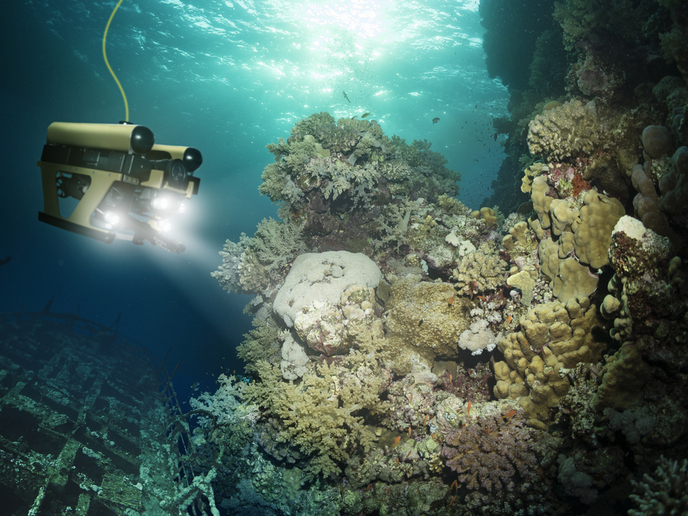Intelligent platform enhances accessibility, autonomy and usability of unmanned underwater vehicles
The EU-funded SWARMs(opens in new window) project sought to expand the use of autonomous underwater vehicles (AUVs) and remotely operated underwater vehicles (ROVs), and facilitate the creation, planning and execution of maritime and offshore operations. “Ultimately, we want to render autonomous operations a viable option for new and existing industries by making AUVs and ROVs more accessible and useful,” says project coordinator José-Fernán Martínez-Ortega. “This will reduce operational costs, increase the safety of tasks assigned to divers, and contribute to dealing with current factors that threaten the offshore sector’s expansion.” SWARMs designed, developed and successfully demonstrated a platform for a new generation of autonomous maritime and underwater operations. This distributed, integrated and coordinated set of software and hardware components has been adopted for, and incorporated into, today’s maritime and underwater vehicles. Overall, the platform integrates, coordinates and improves the functionalities of the different AUVs and ROVs, and exchanges information between them via a communication network. This is done while executing a specifically configured underwater operation, regardless of complexity. It’s distributed among the different elements taking part in a mission. The integrated platform facilitates the cooperation between networked AUVs, ROVs and unmanned surface vehicles (USVs) to autonomously carry out sophisticated unmanned industrial offshore activities in real time. This is particularly true in supporting subsea construction systems and providing maintenance assistance. Underwater vehicles work in a cooperative mesh to optimise operations To achieve seamless cooperation, the SWARMs team developed a distributed semantic cognitive open architecture and platform of networked AUV/ROV/USV meshes. The platform can export the different vehicles’ functionalities as services that can be created and planned to conceive new particular services in terms of mission needs. This enables such vehicles from different manufacturers to share functionalities in a transparent way, independently of the physical location and the industrial operations to be carried out. Project partners developed a generic and modular robot system onboard architecture based on robot operating system middleware. This architecture allows robotic vehicles to autonomously complete the planned high-level tasks and to adapt their mission when disruptive events occur. They defined, implemented, tested and validated a communication system that provides a reliable, robust, scalable and easily deployable communication network to connect underwater nodes to a control and command station ashore. In addition to several types of simulators, team members also created an intuitive input device capable of controlling a real ROV. SWARMs focused on cyber-physical systems (CPSs), particularly through its architecture. “It will bring CPSs to the subsea and offshore sectors, thus increasing the ubiquity of CPSs themselves,” explains Prof. Martínez-Ortega. “With its innovative approach, the project will contribute to solving some of the most important constraints associated with the autonomy and industrialisation of offshore operations.” “By extending the use of AUVs and ROVs, SWARMs will reduce operational costs, and increase the safety of maritime and offshore missions and professional operators, ultimately supporting Europe’s competitiveness and expansion in the offshore and subsea sectors,” he concludes. “The overall autonomy, robustness, cost effectiveness and reliability of offshore operations will improve.”







